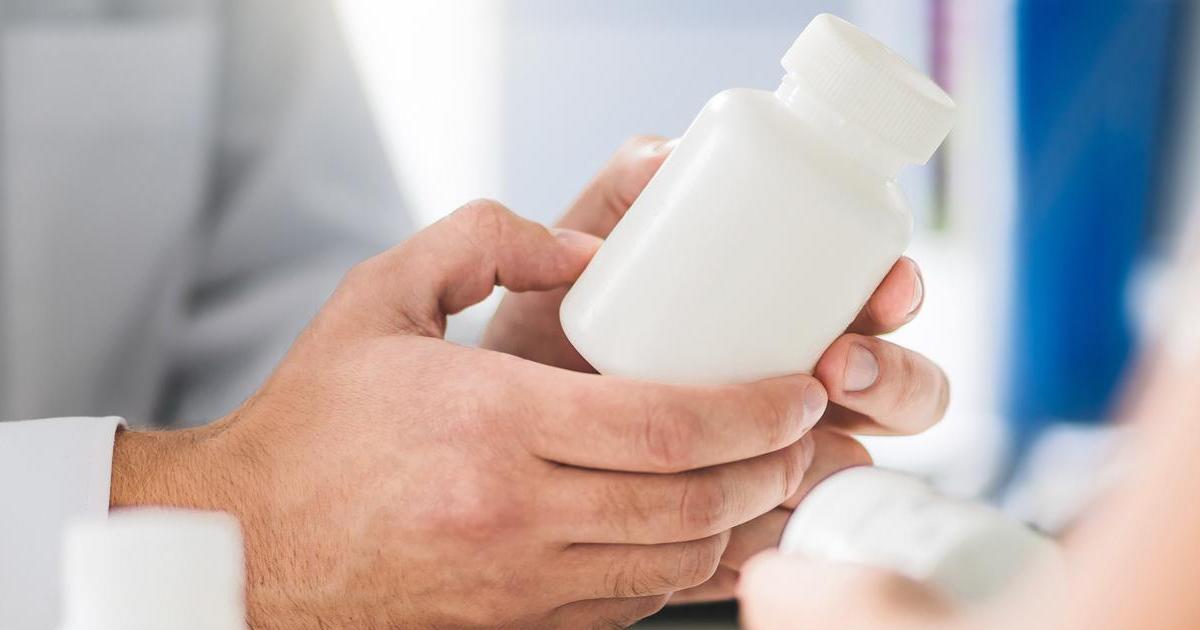Methods Of Treating Morphea
Morphea is a localized form of scleroderma that leads to excessive deposits of collagen in the skin, resulting in a thickening of the dermis and subcutaneous tissue. Patients with morphea typically develop red patches on the skin, usually on the abdomen, chest, and back. Occasionally, patches may form on the face or the arms and legs. These discolored patches tend to become firm, dry, and smooth over time, and they are often oval in shape. Some patients may have only one patch of thickened skin, and others may have several patches. Currently, the exact cause of morphea is unknown, and doctors believe it develops as a result of an abnormal immune system response. Patients have developed morphea after repeated trauma to a particular area of skin, and it has also occurred in individuals who have experienced a recent infection and in those who have recently undergone radiation treatments. While the condition is normally limited to a few layers of the skin, some patients have a form of the disease called linear morphea that affects tissues deep within the body. This form can restrict the amount of movement a patient has in their joints. Morphea is typically diagnosed between the ages of twenty and fifty, and linear morphea is normally diagnosed in patients younger than twenty years old. Left untreated, morphea often resolves on its own within three to five years.
Treatment for morphea can help the condition resolve more quickly and improve symptom management, and it may reduce the likelihood of complications such as permanently darkened patches of skin and muscle weakness. Some of the most common treatments for this condition are outlined below.
Phototherapy

Phototherapy is recommended for severe forms of morphea that impact large areas of the body. This therapy involves the use of ultraviolet light, and patients typically receive treatment several times a week for a few months. Phototherapy can improve vitamin D production and boost the response of the bacteria-fighting systems in the skin. Patients may be treated with either UV-A or UV-B light, and some treatments will use a combination of both. To receive this treatment, patients apply a moisturizing cream to the skin to increase absorption. Wearing their underwear and protective eye goggles, patients stand in a cabinet with rows of lights. These lights are activated for a few seconds to a few minutes, and exposure time is normally increased with each subsequent treatment. Treatment can be provided for the entire body or localized for certain areas. Generally, morphea patients begin to see an improvement in their symptoms after one or two months of treatment.
Uncover more treatments for morphea now.
Immunosuppressants

Immunosuppressants and other oral medications are normally reserved for cases of morphea that have not responded to other treatments. The most common immunosuppressants used for this condition are corticosteroids and methotrexate. Some patients will need to take both of these medicines, and hydroxychloroquine is also frequently recommended. These drugs reduce the body's ability to fight infections and can cause potentially serious side effects. To reduce this risk, doctors prescribe these medicines in the lowest effective dose for the shortest possible amount of time. In the short term, oral corticosteroids may cause weight gain, insomnia, fluid retention, increased appetite, and mood swings. If corticosteroids are used for longer than three months, the skin might thin, and patients could experience easy bruising and hypertension. Potential side effects of methotrexate include nausea, dizziness, abdominal pain, blurry vision, headaches, and bleeding gums. Patients taking hydroxychloroquine may notice weight loss, rashes, nervousness, irritability, ringing in the ears, and hair loss. If these side effects become troublesome, patients may be able to be switched to another medicine with fewer side effects.
Learn more about how to treat morphea effectively now.
